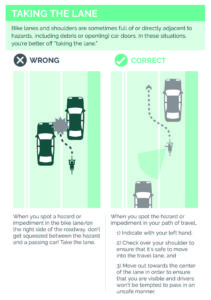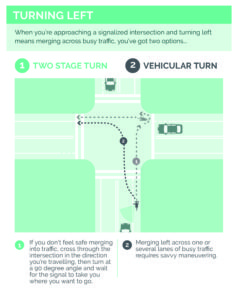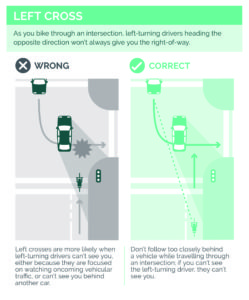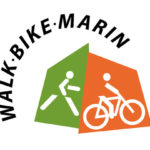Welcome aboard! Whether you’re interested in getting into bicycling to improve your health, get around town, reduce your carbon footprint, experience Marin’s beauty, or save money, you’re on the right track! In this guide, we’ll tell you how to 1) find the right bike, 2) get out the door prepared, 3) share the road with drivers, and 4) navigate Marin County by bike.
finding the right bike
Whether you’ve got a bike or not, we recommend heading to your local bike shop to make sure you’ve got the right bike, fit, and that everything is in working order. As always, we encourage you to support those who support MCBC when considering which shop to visit.
town bike / hybrid
Upright bikes best for shorter trips of up to 10 miles, primarily used for getting around town, commuting, and running errands. Consider an e-bike to go further and faster, a cargo bike for more carrying capacity, or a combination of the two!
Road
The most efficient bikes, best for trips over 10 miles. Consider a gravel / adventure bike to keep your terrain options open; these are similar to road bikes, but with bigger tire clearance and better handling on dirt.
mountain
Marin is the birthplace of mountain biking, with plenty of fire roads and trails to tempt you away from the pavement. Mountain bikes come with different gearing and suspension depending on your preferred terrain and riding style.
getting out the door
be ready
Bike mechanics can be intimidating, but you don’t need to become a wizard. We recommend getting a basic grasp of how the bike functions and being able to perform minor maintenance. Our friends at the League of American Bicyclists recommend the “ABC Quick Check,” described below:
-
Air – Ensure tires are properly inflated and in good condition. Invest in a good floor pump with a pressure gauge.
-
Brake – Check brakes to make sure 1) they aren’t too worn, 2) they are properly adjusted, and 3) you can fit your thumb between the brake lever and handlebar when the brake is squeezed all the way.
-
Chain – Keep your chain clean and lubricated.
-
Quick Release – If you have a quick release wheel (which is likely), make sure all the levers are closed, properly tightened, and secure.
-
Check – Within the first few minutes of riding, pay close attention to make sure everything is working properly.
It’s also a good idea to carry a multi-tool, spare tube, and small pump or CO2 cartridge system. Again, ask your local bike shop what you need!
Finally, make sure your helmet fits you and is properly adjusted. Wiggle your helmet; if it moves more than an inch in any direction while strapped, you need to make adjustments.
SHARing the road
be seen
Especially when riding at night or during periods of low visibility, use a white front light and red rear light. You can also make yourself more visible with bright / reflective clothing or accessories.
Be predictable
Communicate with drivers through hand signals and always do your best to make eye contact to make sure they see you. When passing others on multi-use pathways or trails, use a bell or verbal indications (“On your left!”) to warn them.
be confident
You have a right to the road. If you’re riding slower than traffic, you should ride close to the right side of the road (or in the shoulder/bike lane, if there is one), except under the following conditions:
-
Take the lane if there is no shoulder/bike lane and you’re travelling at or close to the speed of traffic. This often happens on descents or on narrow / calm neighborhood streets.
-
Take the lane if the shoulder or bike lane is blocked or unsafe.
-
Take the lane if you feel as though it would be unsafe for a driver to pass you, for example because of poor sightlines or oncoming traffic.
When riding along parallel-parked cars, always stay about three feet clear of the cars to avoid the “door zone.”
The following diagrams illustrate common bike-car conflicts that you may encounter on the roadway and maneuvers you should use to ride safely:
- Taking the Lane
- Right Hook
- Turning Left
- Left Cross
For downloadable / printable versions of these diagrams, click here.
be respectful
People bicycling are held to the same standards as those driving. As a rule of thumb, ride as you would be expected to drive; stop at stop signs and red lights, yield to pedestrians waiting to cross, signal before changing lanes, etc.
Again, when riding on multi-use pathways, always share the path. Ride right, pass on the left, and keep your speed under 15 MPH (or even lower, if posted otherwise). For more on pathway etiquette, head to Share the Path Marin.
Navigating marin by bike
riding a new route
Marin’s varied network of bike routes covers many different types of infrastructure, including multi-use pathways, on-street bike lanes, and narrow streets on which people biking and driving share the road. Our busiest roadways–like Sir Francis Drake through Ross Valley, for example–are not recommended for riding; you will often find a nearby parallel alternative that is much more bike-friendly.
Before riding anywhere new, it is always a good idea to consult Google Maps, which does a decent job of recommending the safest and most direct routes. Or, for a more comprehensive guide, purchase a copy of MCBC’s Marin Bicycle Map or join MCBC (our map is provided free with membership).
When testing a new route with which you’re not comfortable or familiar, find a friend to ride it with you, or ride it when you know there won’t be many cars on the roadway.
bicycle wayfinding system
Once you’re out on the roads and pathways, you will begin to notice that Marin County has a bicycle signage system to aid you in following the designated bike routes. Keep an eye out for signs like the one below. The route numbering system corresponds with what you’ll see on the Marin Bicycle Map.

Stay safe, have fun!
Again, we’re glad that you’re considering bicycling for transportation and/or recreation. We’re working to make bicycling to be safe, fun, and accessible for people of all ages and abilities in Marin County. If you have any questions, feel free to contact our team by emailing info@www.marinbike.org.
created in partnership with the county of marin
This guide was created with support from the County of Marin and its WalkBikeMarin initiative, which aims to make Marin more healthy, livable, and environmentally sustainable by encouraging walking and bicycling as everyday transportation. To learn more, visit WalkBikeMarin.org.
Upcoming Workshops / Rides
MCBC occasionally offers workshops and rides geared towards beginner and intermediate cyclists. Upcoming classes will be linked below and listed on our Events Calendar if scheduled.
